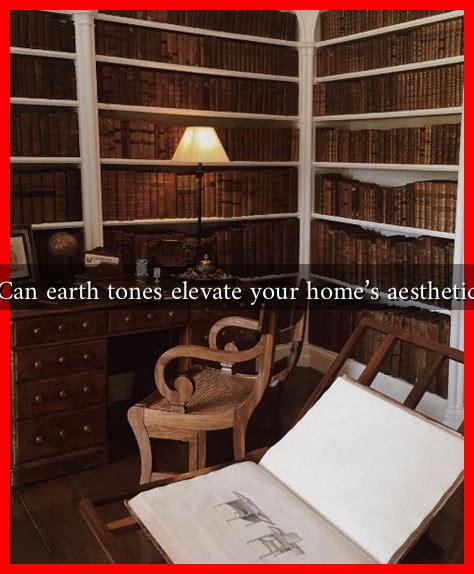-
Table of Contents
Can Earth Tones Elevate Your Home’s Aesthetic?
In the world of interior design, color plays a pivotal role in shaping the ambiance and aesthetic of a space. Among the myriad of color palettes available, earth tones have emerged as a popular choice for homeowners looking to create a warm, inviting atmosphere. But what exactly are earth tones, and how can they elevate your home’s aesthetic? This article delves into the significance of earth tones, their psychological impact, and practical ways to incorporate them into your home.
Understanding Earth Tones
Earth tones are colors that are inspired by the natural world. They typically include shades of brown, beige, green, rust, and muted blues. These colors are reminiscent of soil, rocks, trees, and other elements found in nature. The appeal of earth tones lies in their versatility and ability to create a harmonious environment.
The Psychological Impact of Earth Tones
Colors can significantly influence our emotions and perceptions. Earth tones are often associated with feelings of calmness, stability, and comfort. According to a study published in the journal *Color Research and Application*, warm colors like browns and greens can evoke feelings of relaxation and tranquility, making them ideal for living spaces.
- Calmness: Earth tones can create a serene environment, reducing stress and anxiety.
- Warmth: These colors can make a space feel more inviting and cozy.
- Connection to Nature: Earth tones can foster a sense of connection to the natural world, promoting well-being.
Incorporating Earth Tones into Your Home
Integrating earth tones into your home’s design can be achieved through various methods. Here are some effective strategies:
- Paint: One of the simplest ways to introduce earth tones is through paint. Consider using soft beige or muted green for walls to create a calming backdrop.
- Furniture: Opt for wooden furniture or upholstery in earth tone fabrics. A brown leather sofa or a rustic wooden dining table can serve as focal points in your living space.
- Textiles: Incorporate earth tones through rugs, curtains, and cushions. Textiles in shades of terracotta or olive green can add warmth and texture.
- Artwork: Choose artwork that features natural landscapes or abstract designs in earth tones to enhance the overall aesthetic.
Case Studies: Successful Use of Earth Tones
Several designers and homeowners have successfully utilized earth tones to transform their spaces. For instance, the renowned interior designer Kelly Wearstler often incorporates earthy hues in her projects, creating luxurious yet grounded environments. In her design for a Malibu home, she used a palette of sandy beiges and deep greens to reflect the coastal landscape, resulting in a seamless blend between the interior and exterior.
Another example is the minimalist approach taken by the Japanese design firm Muji, which emphasizes simplicity and natural materials. Their use of earth tones in furniture and decor creates a tranquil atmosphere that resonates with the principles of Zen living.
Statistics on Color Preferences
According to a survey conducted by the National Association of Realtors, 60% of homebuyers prefer neutral colors, with earth tones being a significant part of that preference. This statistic underscores the timeless appeal of these colors and their ability to attract potential buyers, making them a smart choice for homeowners looking to enhance their property’s value.
Conclusion
In conclusion, earth tones can significantly elevate your home’s aesthetic by creating a warm, inviting, and tranquil environment. Their psychological benefits, versatility, and connection to nature make them an excellent choice for any interior design project. By incorporating earth tones through paint, furniture, textiles, and artwork, you can transform your living space into a serene sanctuary. As trends continue to evolve, the enduring appeal of earth tones remains a testament to their timeless beauty and functionality.
For more insights on color psychology and interior design, consider visiting Color Psychology.


